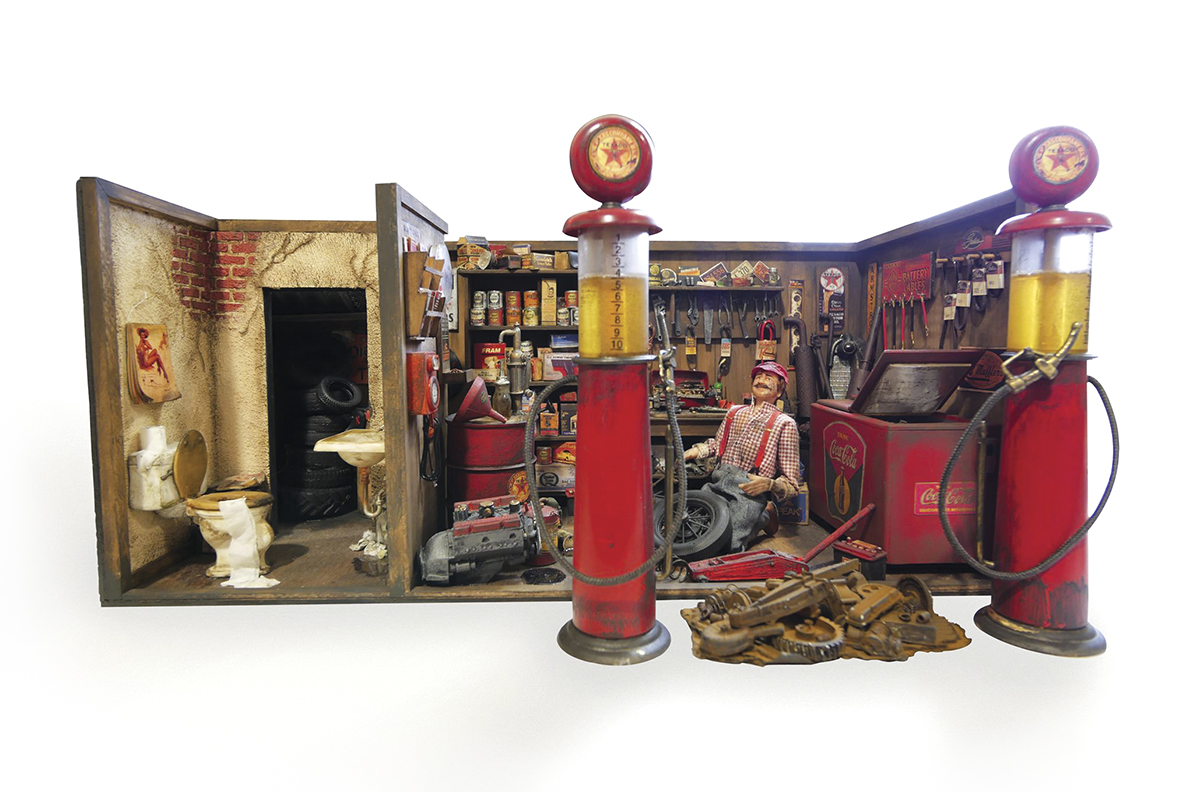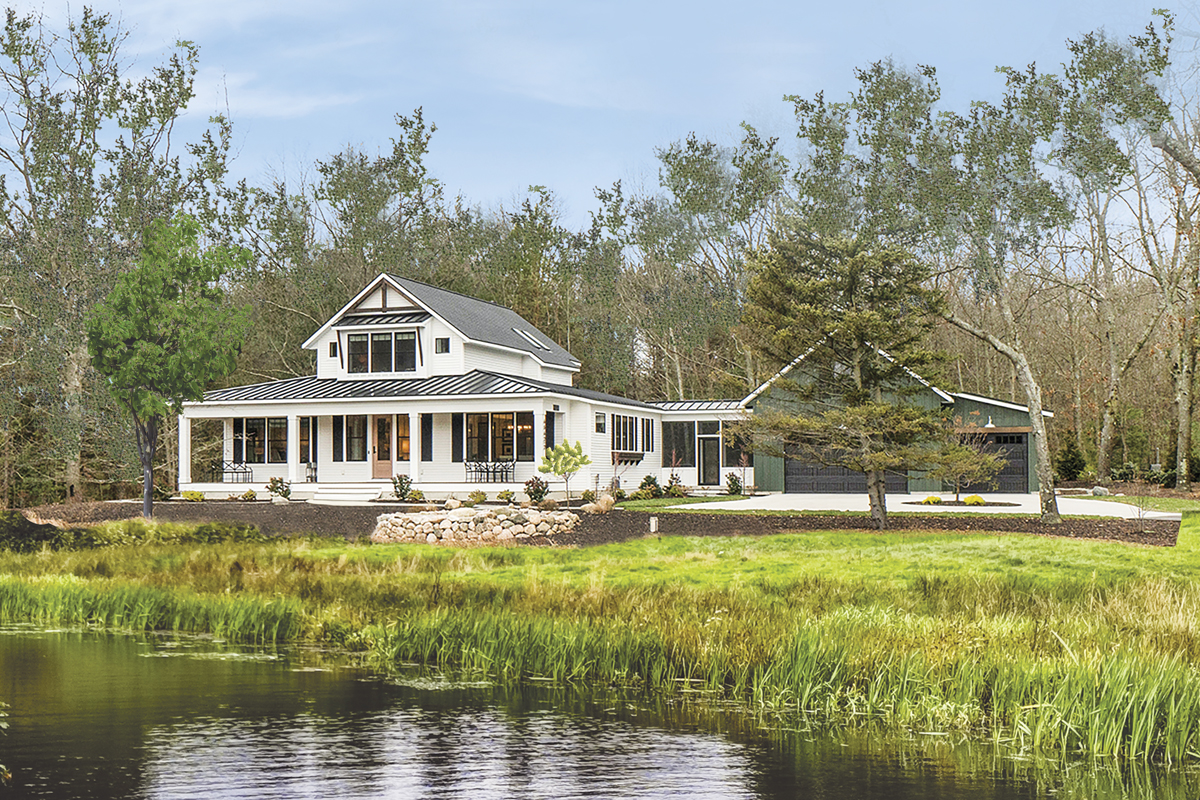WRITER | LISA BECKER CAMPBELL
Midwest Miniatures Museum
“Real art is illumination… it adds stature to life.”
– Brooks Atkinson, Theater Critic at the New York Times
To the uninitiated, a museum dedicated to displaying miniature works might conjure up ideas of doll houses, antiquated toys, and travel trinkets. Instead, the Midwest Miniatures Museum is home to innumerable, interesting exhibits, all exquisitely crafted and replicated in every detail.
Aside from marveling at the craftmanship and attention to detail of the sizes, designs, and structures, viewers will be enlightened to the philosophies, attitudes and character of humanity through the evolution of periods that the pieces portray.
The diversity of the exhibits includes among many subjects an Asian-inspired glass room box, the Grand Stairway of the infamous Titanic, a replica of an affluent family’s 15th century townhouse from Lubeck Germany, and the Yellow House at Arles France (the miniature of the famous Vincent’s bedroom immortalized on canvas and even a figure of the kindly postman whom he painted a portrait of).
Along with these permanent displays, this fall an exhibit continues of The Kachina, part of a religion of the Hopi Tribe located in the US Southwest. They are the spirit beings that people believe in, although they are not so much worshipped as seen as friends or helpers. These beings represent everything in the world around them: the sun, moon, stars, animals, and plants, for example. The core of the religion is that all things have two forms, visible and spiritual. Visit the website: midwestminiaturesmuseum.com for current exhibits and more information.
Roughly one year ago, after a ten-year search, the Midwest Miniatures Museum staged its Grand Opening in Grand Haven. The gallery fills the first floor of an historic building that the Midwest Miniatures Museum bought in 2019. The house was laid out in Classical Revival design – a popular style at the time – with Roman trim and Greek symmetry throughout. which cost $25,000 to build, equivalent to almost $800,000 today.
“We are very proud of our miniatures collection, and we have so many exhibits yet to reveal as we move forward. In the future we plan on expanding into the second floor of the beautiful and historic Robbins Home,” Hannah Steinmann, Administrator, described. In order to do so, the 501(c)(3) nonprofit is fundraising so that an elevator can be installed for handicapped access compliance.
The museum had previously been housed at the Gilmore Car Museum – a placement that was intended then to be only temporary.
Adapting the house for use as a public museum included the conversion/installation of fire suppression systems and in addition of accessibility features including an exterior ramp and accessible bathroom. The large kitchen on the first floor was removed for the addition of the building’s eighth bathroom to meet accessibility requirements. The original columns and pocket doors, the grand staircase, restored original quarter-sawn oak floors, leaded glass windows, and refinished wallpaper and tiles remain.
A brief history of the Historic Robbins House
In 1899, Nathaniel (Nat) Robbins V and his wife, Esther (Savidge) Robbins, purchased the property and demolished a red brick house. In its place, they built their new home, where they lived until Esther died of the Great Influenza Epidemic of 1920. Robbins remarried three years later and continued living in the home until his passing in 1940.
Gordon Laughead, founder of the Laughead Piano Company, purchased the home with his wife, and soon after began an extensive renovation and restoration. Joan Laughead sold the home in 1988. The next owners, Larry and Yolanda Dahlman, converted the home into law offices. In 1994, Edward Grafton completed the second restoration of the mansion, adding hand-printed wallpaper in the style of William Morris that remains today. Sandra Sawyer converted the offices back into a family home after purchasing it in 2010.
An exhibit about the history of the house and its owners is on display where the former kitchen once stood and features archival pictures and information from the Loutit Library and Tri-Cities Historical Museum and original furniture donated to the museum. The original dining room furnishings can be found on display at the Tri-Cities Historical Museum in downtown Grand Haven.
For more information visit the website at midwestminiaturesmuseum.com or follow the Museum on Facebook or Instagram.








